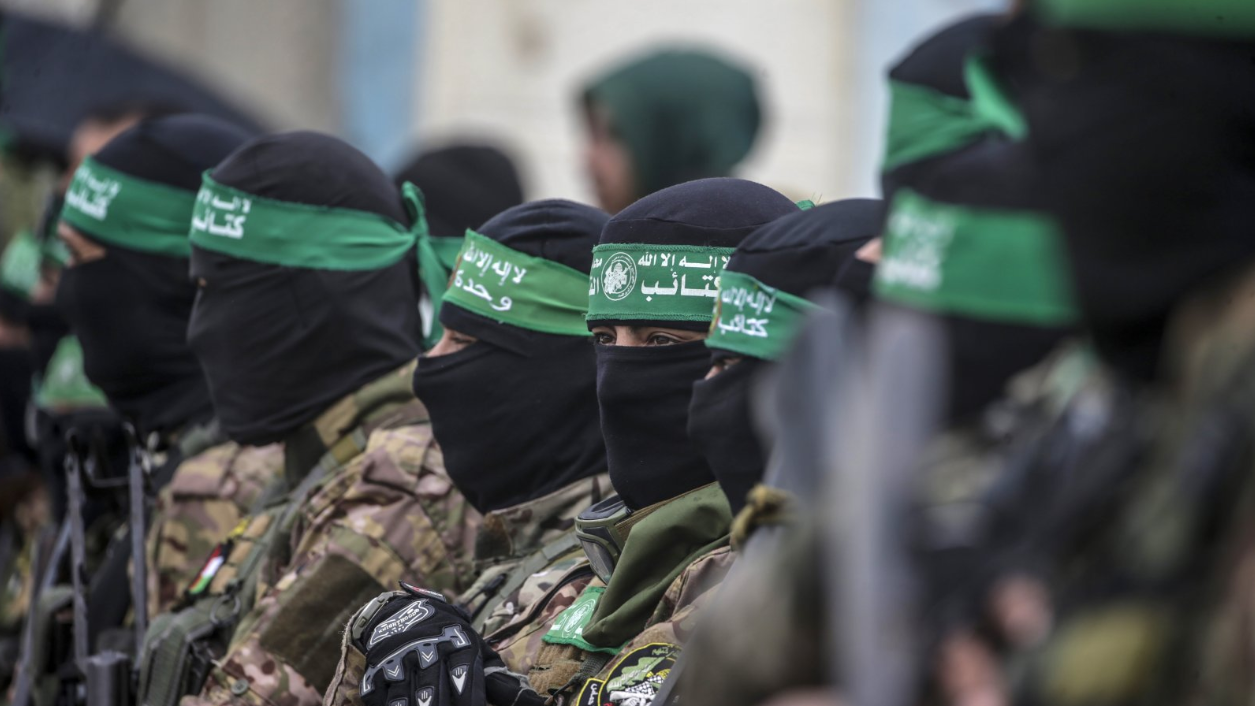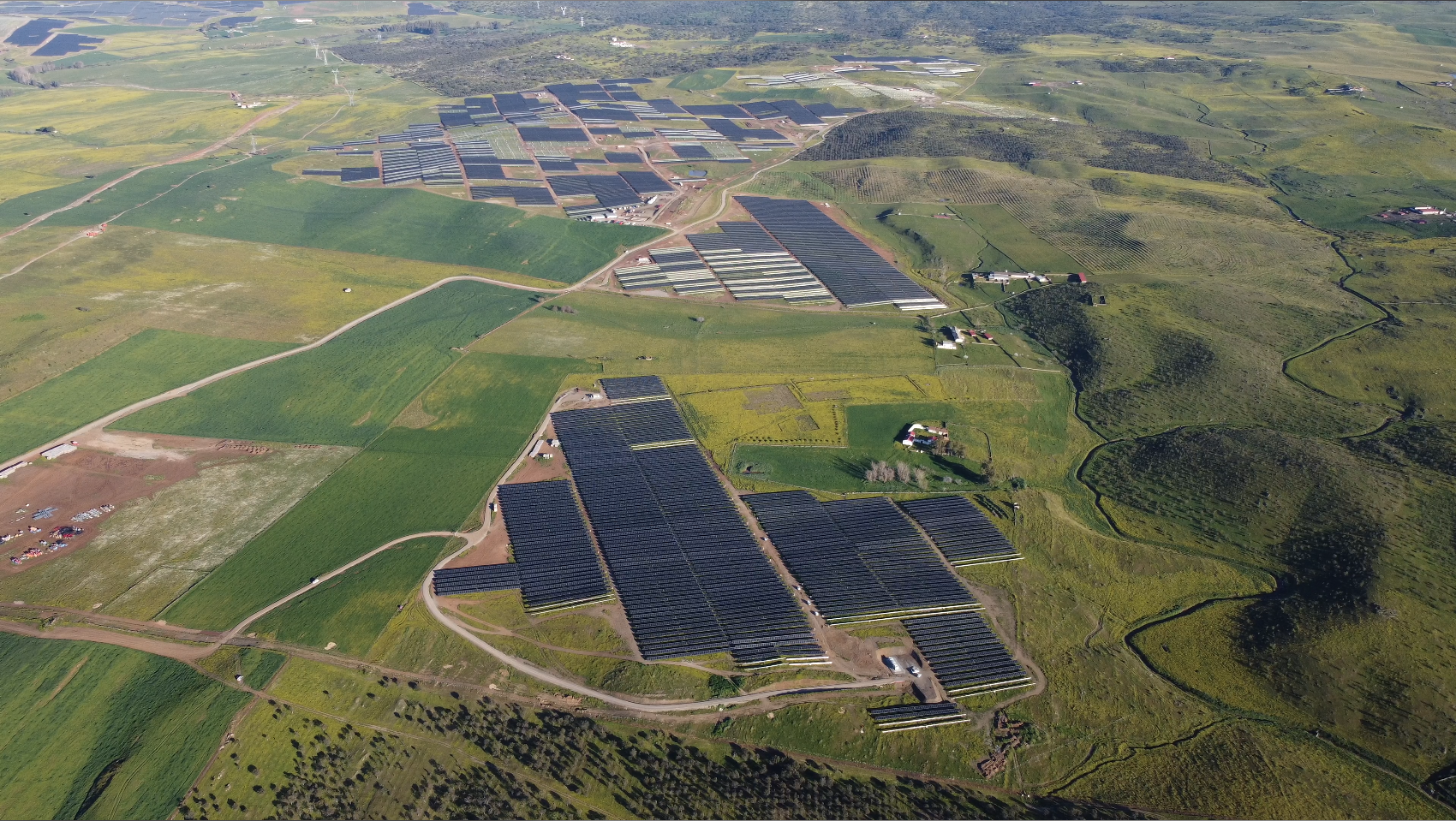The financial frameworks facilitating Hamas’s administrative operations in Gaza have been subject to growing examination by international analysts. Despite facing extensive economic sanctions and banking limitations, the organization has established substitute methods to pay government employees and uphold administrative duties within the region it governs. These financial structures exhibit significant flexibility in bypassing conventional banking systems that are mostly inaccessible due to anti-terrorism laws.
At the core of this system lies a complex web of informal transfer methods and cash distribution points. Rather than relying on conventional bank transfers, Hamas utilizes a combination of trusted intermediaries, physical cash transport, and alternative financial services to move funds. Money changers and informal hawala networks play a central role, allowing salaries to reach intended recipients without direct transactions through monitored financial institutions. These age-old transfer systems, based on personal trust and balancing of debts between brokers, have proven resilient against modern financial sanctions.
The process of distributing salaries is said to include numerous levels of security and verification. Government employees and security staff receive encoded instructions guiding them to designated places at set times, where they can pick up their wages in cash. The sums handed out frequently change depending on the available resources, highlighting the uncertain nature of Hamas’s income sources. Payment timelines might change unexpectedly as funds are sourced through different means.
La estabilidad económica de Hamas depende de variadas fuentes de ingresos que evaden la supervisión internacional. Estas comprenden donaciones de organizaciones simpatizantes en el extranjero, inversiones empresariales en diferentes países, impuestos sobre productos que transitan por la red de túneles de Gaza, y la generación de ingresos locales. La organización se ha vuelto cada vez más hábil en ocultar estas transferencias financieras, a menudo canalizándolas a través de complejas cadenas de empresas fantasma y terceros países antes de llegar a Gaza.
The complexities associated with keeping this system functional are significant. Transporting cash physically into Gaza involves complex logistical steps, often dividing the funds into smaller portions, and crossing various borders over long durations. Once within Gaza, the network for distributing cash relies on a decentralized group of local agents, who manage specific payment processes and ensure a high level of security in their operations.
Global attempts to interrupt these financial transactions have seen only partial achievement. Though global financial intelligence agencies have spotted and halted millions in assets connected to Hamas, the group’s financial agents have shown a capacity to swiftly adjust their strategies. If one method of transfer is blocked, new pathways appear through various networks or financial tools.
The humanitarian consequences of this alternative financial system are intricate. Although Hamas manages to sustain its administrative expenses, the broader population of Gaza suffers significant economic challenges due to the combined effects of the blockade and limited financial access. Common residents of Gaza endure cash flow issues and banking restrictions that do not impact Hamas’s financial operations in the same manner. This imbalance has spurred criticism regarding how resources are prioritized within the region.
Financial analysts note that Hamas’s system bears similarities to other sanctioned entities worldwide, but with unique adaptations to Gaza’s specific circumstances. The organization has studied and incorporated lessons from other groups operating under financial restrictions, while developing innovative solutions to local challenges. Its financial operatives reportedly receive specialized training in circumventing economic sanctions and detecting potential infiltration of their networks.
The reliance on cash in this system results in both strengths and weaknesses. Although tracking the movement of physical money is more challenging than monitoring digital exchanges, it necessitates substantial logistical efforts and is susceptible to being intercepted or stolen. Hamas has developed advanced accounting techniques to monitor funds throughout the phases of gathering, transferring, and allocating, all while avoiding the creation of a unified paper trail that might be exposed.
International banking regulators continue developing new methods to identify and block Hamas-related transactions, but the organization’s financial specialists remain adept at finding workarounds. Recent efforts have focused on cryptocurrencies and other digital payment methods, though these leave different forensic traces that financial investigators can potentially follow. The cat-and-mouse game between sanctions enforcement and financial circumvention shows no signs of resolution.
The system’s resilience raises important questions about the effectiveness of financial sanctions as a policy tool. While these measures have undoubtedly constrained Hamas’s operations, the organization has demonstrated an ability to maintain core financial functions through alternative means. This reality has prompted debates among policymakers about whether additional pressure could collapse the system or simply drive it further underground.
As international attention continues to focus on Gaza’s humanitarian situation, Hamas’s financial operations remain a contentious issue in discussions about the territory’s future. The organization’s ability to maintain this parallel financial system represents both a practical challenge for those seeking to influence its behavior and a testament to the adaptability of informal economic networks under pressure.
The long-term sustainability of this system remains uncertain, particularly as international financial surveillance capabilities advance. However, Hamas’s track record suggests it will continue evolving its methods to protect this critical aspect of its governance model. Understanding these financial networks provides important insights into how non-state actors can maintain operations despite formal exclusion from the international financial system.




